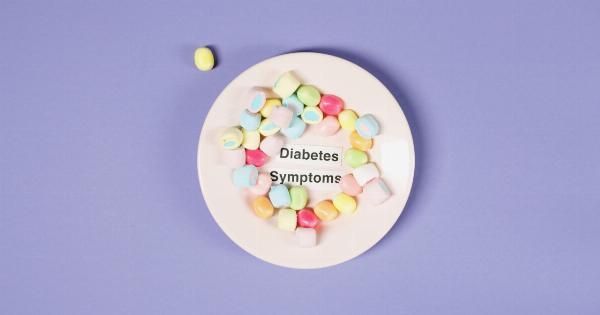Inflammatory joint disease, also known as arthritis, is a condition that causes inflammation in the joints, resulting in pain, stiffness, and reduced mobility.
It encompasses a wide range of conditions, including rheumatoid arthritis, psoriatic arthritis, and ankylosing spondylitis. While anyone can develop inflammatory joint disease, certain risk factors may increase the likelihood of its development.
This comprehensive analysis aims to explore the demographics, genetic factors, lifestyle choices, and medical history that may contribute to an individual’s susceptibility to inflammatory joint disease.
Demographics and Gender
Various studies have shown a correlation between certain demographic factors and the prevalence of inflammatory joint disease. Age, for instance, has consistently been identified as a significant risk factor.
As individuals grow older, their likelihood of developing arthritis increases. Additionally, gender appears to play a role in arthritis development. Women tend to be more susceptible to certain types of arthritis, such as rheumatoid arthritis, while men are more prone to developing gout.
Genetic Factors
Genetics often play a crucial role in the development of inflammatory joint disease. Research has shown that specific genes can predispose individuals to certain types of arthritis.
For example, the presence of certain Human Leukocyte Antigen (HLA) genes, such as HLA-B27, is associated with an increased risk of developing ankylosing spondylitis. Similarly, certain genetic variations have been linked to a higher likelihood of rheumatoid arthritis and psoriatic arthritis.
Lifestyle Choices
While genetic factors are influential, lifestyle choices can also contribute significantly to the development of inflammatory joint disease. Smoking, for instance, has been shown to increase the risk of rheumatoid arthritis.
Studies have demonstrated that smokers have a higher chance of developing this condition compared to nonsmokers. Additionally, obesity and a sedentary lifestyle can also contribute to the development of arthritis. Excess weight puts added stress on the joints, leading to increased inflammation and a higher likelihood of developing joint disease.
Occupational Risks
Occupational hazards can also influence an individual’s susceptibility to inflammatory joint disease. Some professions require repetitive movements or exposure to certain chemicals or toxins, which can increase the risk.
For example, individuals whose work involves heavy lifting, repetitive bending, or prolonged standing are more likely to develop arthritis. Similarly, those who work with silica dust or asbestos may have an elevated risk of developing certain types of arthritis.
Medical History and Comorbidities
A person’s medical history and the presence of comorbidities can also impact the likelihood of developing inflammatory joint disease.
Previous joint injuries or traumas, such as fractures, dislocations, or ligament tears, can increase the risk of developing arthritis in that joint later in life. Additionally, certain medical conditions like diabetes, autoimmune diseases, and infections can also raise the probability of developing inflammatory joint disease.
Hormonal Factors
Hormonal factors have been identified as potential contributors to the development of inflammatory joint disease. Some types of arthritis, such as rheumatoid arthritis, are more prevalent in women of childbearing age.
Changes in hormones, particularly estrogen levels, during different life stages, including puberty, pregnancy, and menopause, are believed to play a role in triggering or exacerbating joint inflammation.
Ethnicity and Geographical Location
Ethnicity and geographical location have been observed to influence the prevalence of inflammatory joint disease. Certain ethnic groups, such as individuals of Indigenous descent, have a higher likelihood of developing certain types of arthritis.
Furthermore, the prevalence of arthritis can vary based on geographical location. Environmental factors, climate, and lifestyle patterns associated with specific regions could contribute to these variations.
Conclusion
Developing inflammatory joint disease can be influenced by a combination of demographic, genetic, lifestyle, occupational, medical, hormonal, and environmental factors.
While it is not possible to predict with certainty who will develop arthritis, understanding these risk factors can help individuals make informed choices regarding their lifestyle and healthcare. By adopting a healthy lifestyle, managing chronic conditions, and addressing occupational risks, individuals can potentially reduce their chances of developing inflammatory joint disease and maintain their joint health.





























